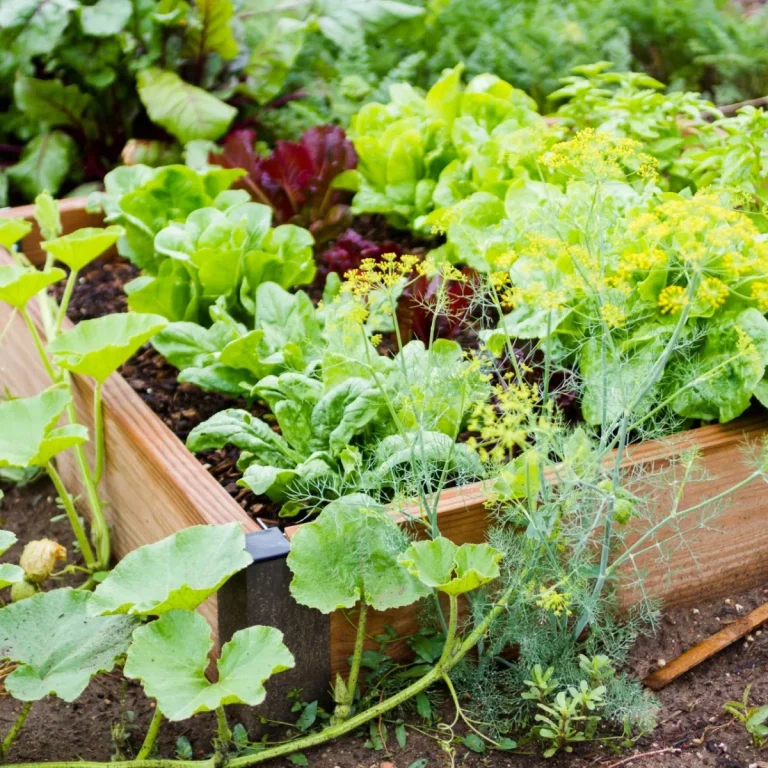Gardening has always been a way to connect with nature, but in today’s world, it also offers an opportunity to practice sustainability. Sustainable gardening focuses on eco-friendly practices that reduce waste, conserve resources, and promote biodiversity. By making mindful choices, gardeners can create lush, productive spaces while protecting the environment.
This guide explores practical, sustainable strategies to make your garden greener, healthier, and more environmentally responsible.
1. Choose Native Plants
Native plants are naturally adapted to your region’s climate, soil, and pests. They require less water, fertilizer, and maintenance than non-native species.
Tips:
- Research native flowering plants, shrubs, and trees suited to your area.
- Plant a variety of species to support local wildlife like bees, butterflies, and birds.
- Avoid invasive plants that can disrupt ecosystems.
Bonus: Native gardens often attract pollinators and beneficial insects, naturally reducing pest problems.
2. Practice Water Conservation
Water is a precious resource, and sustainable gardening minimizes unnecessary use while keeping plants healthy.
Eco-Friendly Practices:
- Install drip irrigation or soaker hoses to deliver water directly to roots.
- Mulch around plants to retain soil moisture and reduce evaporation.
- Collect rainwater in barrels for irrigation.
- Water early in the morning or late in the evening to reduce water loss.
Bonus: Conserving water reduces your utility bills while promoting healthy plant growth.
3. Compost Your Organic Waste
Composting transforms kitchen scraps and garden debris into nutrient-rich soil, reducing landfill waste and chemical fertilizer dependence.
Tips for Beginners:
- Collect fruit and vegetable scraps, coffee grounds, eggshells, and yard waste.
- Avoid meat, dairy, and oily foods that attract pests.
- Turn your compost regularly to speed decomposition.
Bonus: Homemade compost improves soil structure, retains moisture, and nourishes plants naturally.
4. Reduce Chemical Use
Synthetic fertilizers and pesticides may boost short-term growth but harm soil health, pollinators, and local waterways.
Sustainable Alternatives:
- Use organic fertilizers like compost, worm castings, or seaweed extract.
- Employ natural pest control methods, such as introducing ladybugs, neem oil, or companion planting.
- Encourage beneficial insects that prey on harmful pests.
Bonus: Avoiding chemicals protects local wildlife, including bees, birds, and aquatic life.
5. Incorporate Permaculture Principles
Permaculture emphasizes designing gardens that mimic natural ecosystems, promoting sustainability and self-sufficiency.
Key Strategies:
- Plant perennial vegetables and fruit-bearing shrubs to reduce yearly planting.
- Use companion planting to boost growth and deter pests.
- Design your garden for efficient resource use, such as water catchment and soil fertility.
Bonus: Permaculture gardens are low-maintenance and often more resilient to weather extremes.
6. Practice Crop Rotation
Crop rotation prevents soil depletion, reduces pest buildup, and promotes long-term fertility.
Tips:
- Group plants by family (e.g., legumes, leafy greens, root crops).
- Rotate crops annually to avoid exhausting the soil.
- Plant nitrogen-fixing crops like beans or peas to enrich the soil naturally.
Bonus: Healthy, nutrient-rich soil means stronger plants with fewer problems.
7. Build Habitat for Wildlife
A sustainable garden provides shelter and food for pollinators, birds, and other beneficial creatures.
Ideas:
- Install birdhouses, bee hotels, or bat boxes.
- Plant nectar-rich flowers and berry-producing shrubs.
- Leave some areas wild to encourage biodiversity.
Bonus: Supporting wildlife creates a balanced ecosystem that naturally protects your garden from pests.
8. Use Sustainable Materials
From planters to pathways, choosing eco-friendly materials reduces your garden’s environmental footprint.
Suggestions:
- Reuse pallets, crates, or old containers as planters.
- Opt for sustainably sourced or recycled wood for garden structures.
- Avoid single-use plastics and non-biodegradable products.
Bonus: Upcycled materials add charm and uniqueness to your garden design.
9. Harvest Rainwater
Rainwater harvesting is an excellent way to conserve water and reduce dependency on municipal systems.
Tips:
- Install rain barrels or larger cisterns to collect runoff from roofs.
- Use filtered water for delicate plants and unfiltered water for larger beds.
- Incorporate swales or rain gardens to manage stormwater naturally.
Bonus: Reducing stormwater runoff prevents soil erosion and protects local waterways.
10. Plan for Seasonal Gardening
Growing plants suited to the season reduces the need for excessive resources and ensures a healthy garden.
Tips:
- Plant cool-season crops like lettuce and kale in spring and fall.
- Reserve summer for heat-tolerant vegetables like tomatoes and peppers.
- Use crop scheduling to maintain a steady harvest without stressing the soil.
Bonus: Seasonal gardening minimizes waste, enhances yields, and makes the most of natural conditions.

